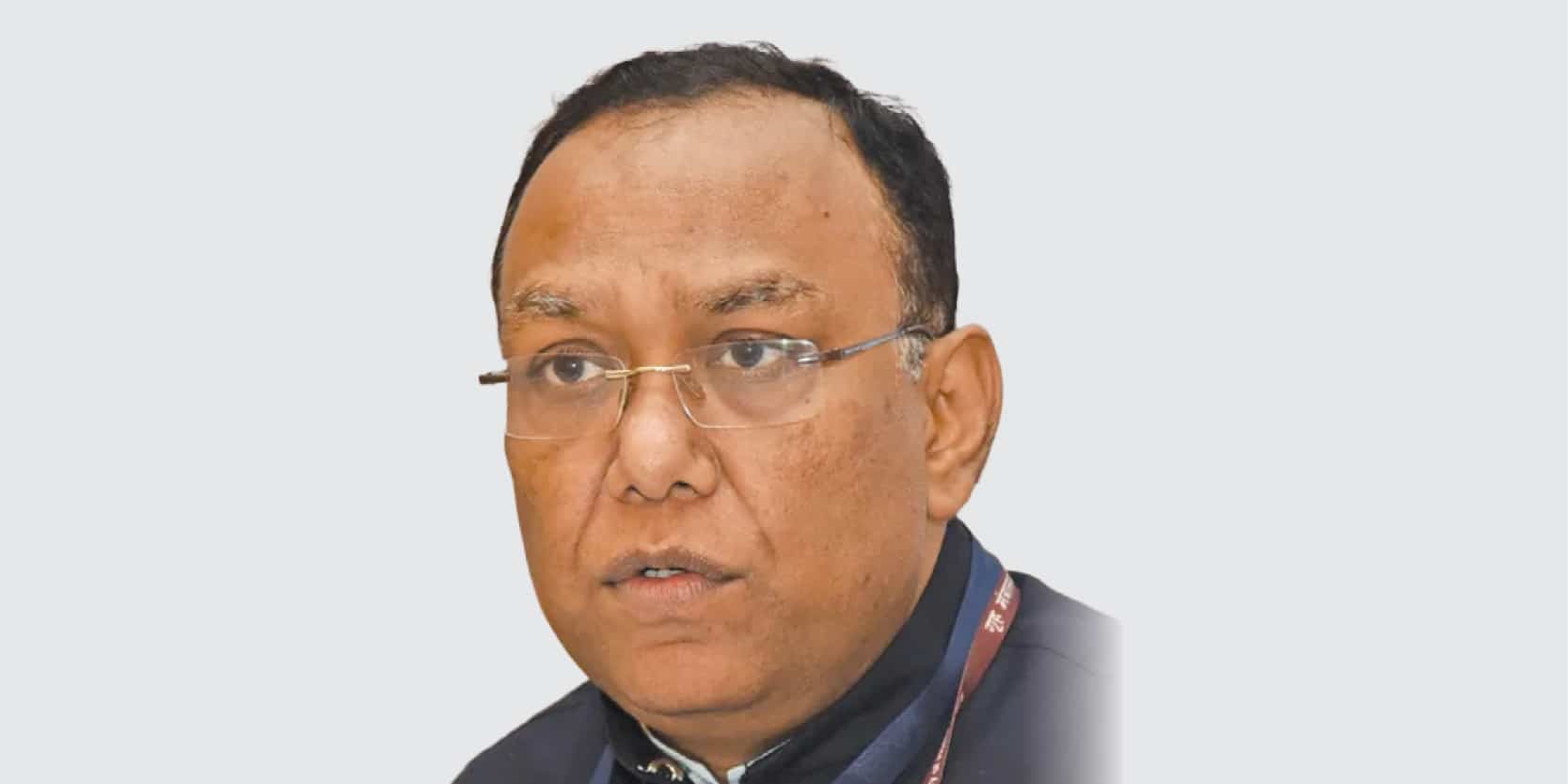We encourage the adoption of modern technology. The MoRTH has created various policies to support the wider adoption of these technologies for an even more incredible pace of highway construction in the country, says Amit Kumar Ghosh, Additional Secretary, Ministry of Road Transport and Highways (MoRTH), in an exclusive interview with Geospatial World.
The Growth Chart At 62.15 lakh kilometres, India has the second-largest road network in the world, with National Highway (NH) constituting 1.36 lakh km. Our National Highway construction rate increased by more than three times between 2014-15 and 2020-21, from 12.1km/day to 36.4km/day. The growth in the road sector is simply commendable.
The Road sector has the highest infrastructure expenditure, which increased at a CAGR of 13% between 2015-16 & 2018-19. The total allocation to the road sector in the central budget has risen steadily over the past years, standing at INR 1.18 lakh Cr for fiscal 2022.
We encourage the adoption of modern technology. The MoRTH has created various policies to support the wider adoption of these technologies for an even more incredible pace of highway construction in the country. The highway construction agency’s stakeholders have deployed various technologies for time and cost efficiencies, such as Ultra High-Performance Concrete and Pre-cast concrete.
Geospatial technologies have played a crucial role in deciding the optimal highway network strategy, considerably reducing logistics time and cost across the country.
Mapping National Highways
GIS mapping of National Highways is being undertaken for planning and monitoring the road network and timely completion of projects. GIS maps contain a detailed visual representation of infrastructure facilities, including location, topography, facilities, structure, and images.
Bhaskaracharya National Institute for Space Applications and Geo-informatics (BISAG-N) has mapped 130,000 Km of National Highways which is now being corroborated and verified by different agencies for the Ministry including the National Highway Authority of India (NHAI), State Public Work Department (PWD), National Highways and Infrastructure Development Corporation (NHIDCL), and Border Road Organisation (BRO).
GIS aids stakeholders in the highway construction industry in building resilient infrastructure for the future through designing and finalizing highway networks and supporting strategic repairs and upgrades to existing networks.
The Way Ahead
We are working to improve the ease of doing business through innovative Public Private Partnership (PPP) models to provide more rational risk-sharing across shareholders in the road development sector.
Under the Gati Shakti framework, we coordinate planning and execution across government agencies for infrastructural synergies. We are improving the average speed on economic corridors to reduce the time and cost of freight movement on highways across the country.
To reduce pollution during highway construction and operational phase, we are using new materials and state-of-the-art technologies, including geospatial technology.
Streamlining Land Acquisition via GIS
We have taken steps to expedite land acquisition process and make it more transparent. The MoRTH has developed the BhoomiRashi portal to digitize the land acquisition process for National Highway Projects.
The Portal has been made mandatory for all the Project Implementing Agencies. It has also been integrated with Public Finance Management System (PFMS) and made compulsory for disbursing land acquisition compensation for the projects executed by State PWDs. Further, disbursal of acquisition payment of NHAI projects has also started through the BhoomiRashi- PFMS portal.
The Ministry has decided to revamp the BhoomiRashi portal and use GIS to plot survey numbers aligned with GIS-enabled revenue & alignment maps. This enhanced feature in the portal will help Competent Authority for Land Acquisition (CALA) to plot survey numbers through GIS.
Geospatial All Across
Bharatmala Pariyojana was conceptualized as umbrella Bharatmala Pariyojana was conceptualized as an umbrella program with a corridor-based approach, utilizing geospatial technologies across design and construction phases.
27 Greenfield Expressways and Access Control corridor areas mark a paradigm shift in the philosophy of highway development.
Six categories of projects:
- Economic Corridors.
- Inter-corridor and Feeder Routes.
- National Corridors Efficiency Improvement.
- Border & International Connectivity Roads.
- Coastal & Port Connectivity Roads.
- Greenfield Expressway.









